PCGS Grading Standards
In 1948, Dr. William Sheldon, a renowned numismatist, developed the Sheldon Scale, assigning grades from "1" through "70" to coins. The basis of Sheldon’s theory was that a "70" would be worth 70 times as much as a "1."
PCGS built its grading standards upon the Sheldon Scale when it introduced the concept of encapsulated, third-party grading in 1986. Review the details behind the PCGS grading standards through our visual guide below or the classic table view.
The numerical grades MS-60 through MS-70, used to denote a business strike coin that never has been in circulation. A Mint State coin can range from one that is covered with marks (MS-60) to a flawless example (MS-70).
A coin usually struck from a specially prepared coin die on a specially prepared planchet. Proofs are usually given more than one blow from the dies and are usually struck with presses operating at slower speeds and higher striking pressure. Because of this extra care, Proofs usually exhibit much sharper detail than regular, or business, strikes. PCGS recognizes Proofs (PR) as those struck in 1817 and later.
Special coins struck at the Mint from 1792-1816 that display many characteristics of the later Proof coinage. Prior to 1817, the minting equipment and technology was limited, so these coins do not have the "watery" surfaces of later Proofs nor the evenness of strike of the close collar Proofs.
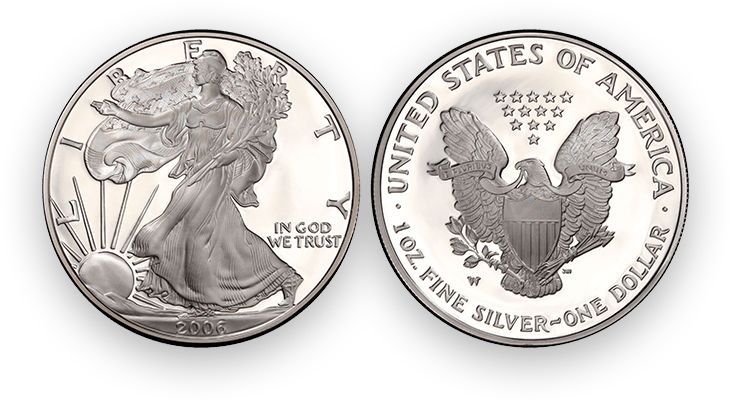
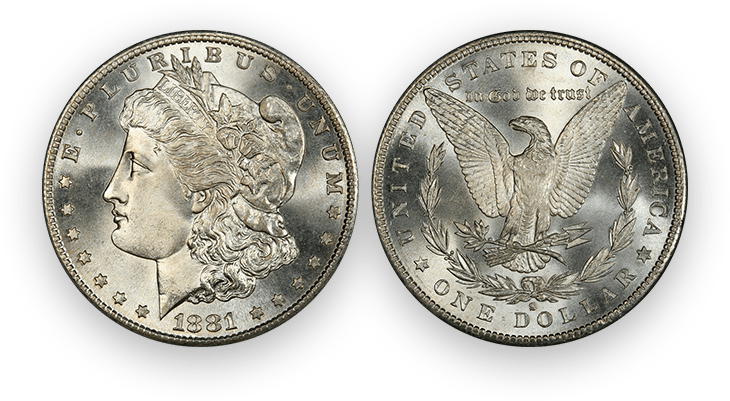
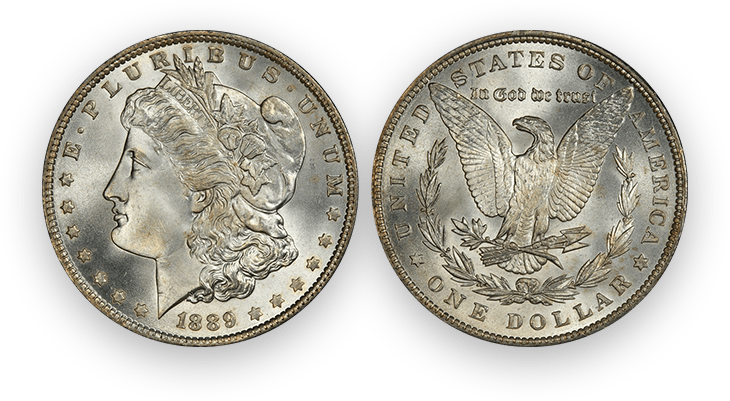

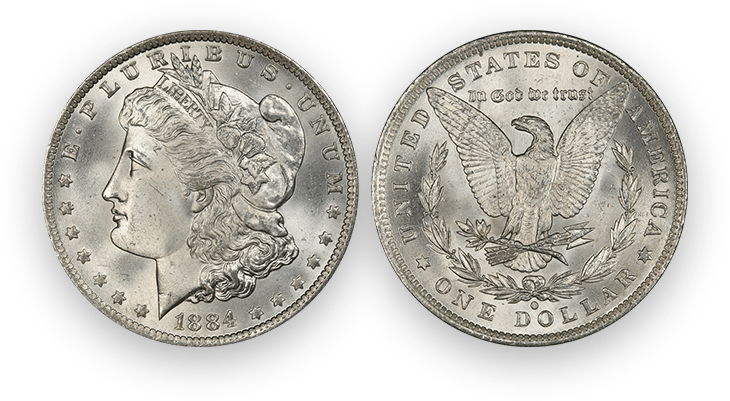
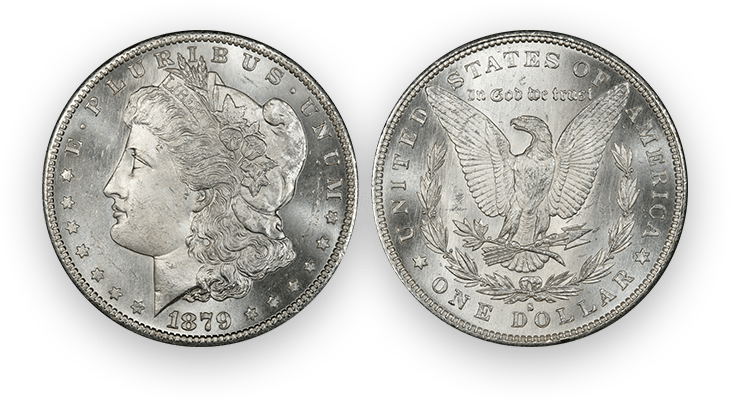
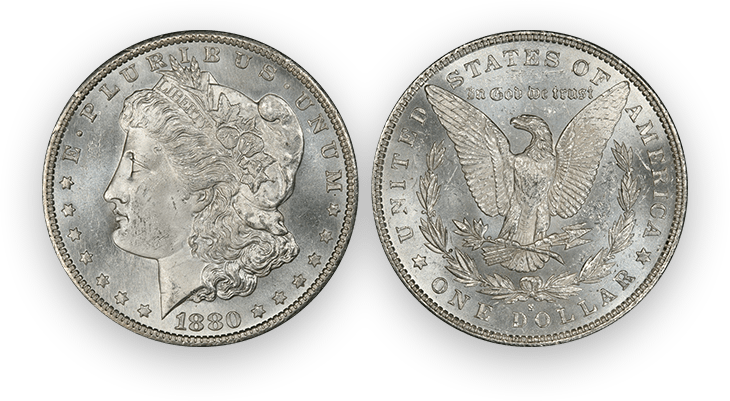
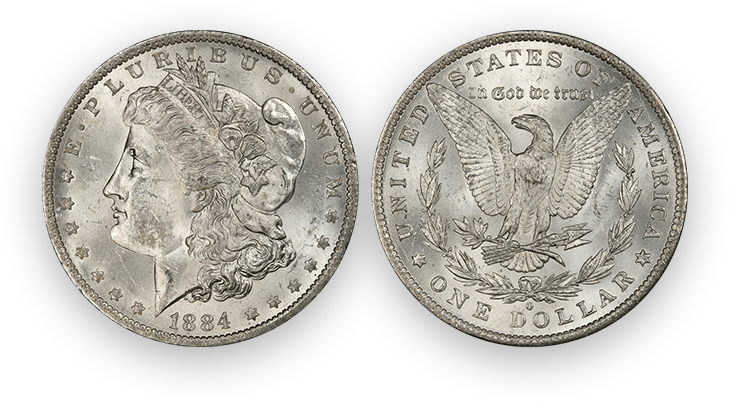
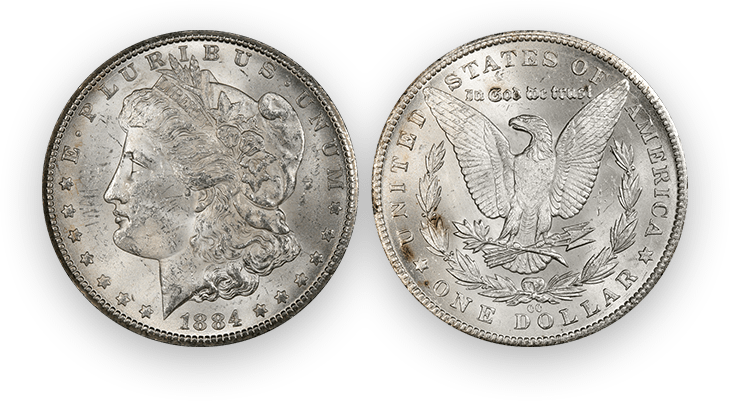
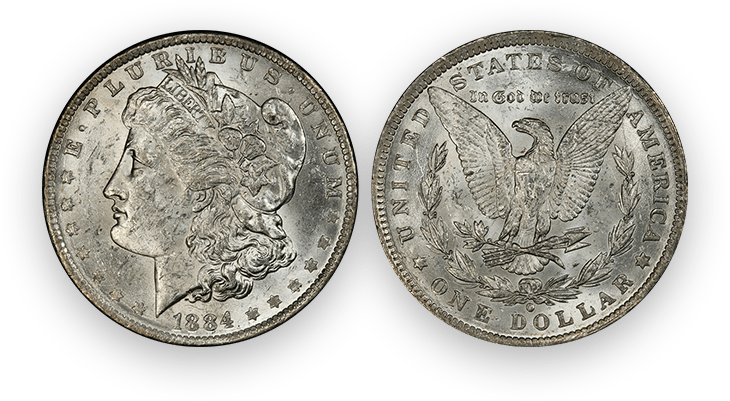

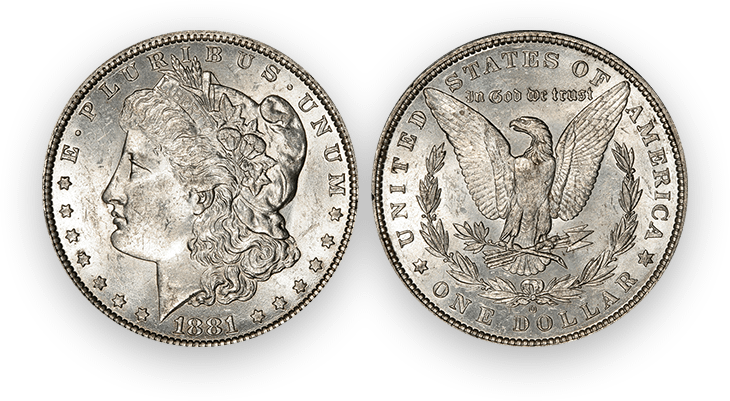
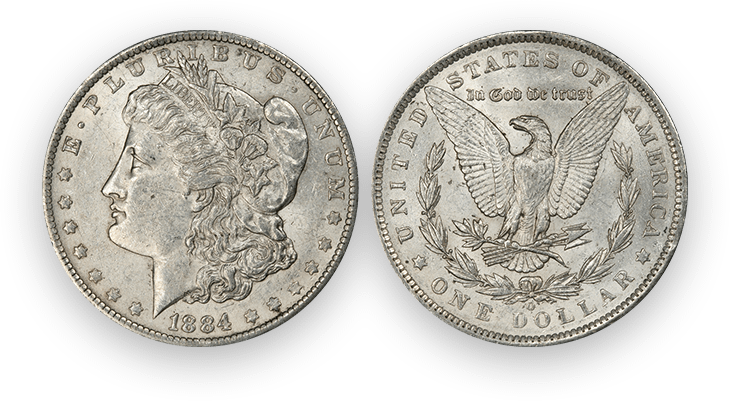
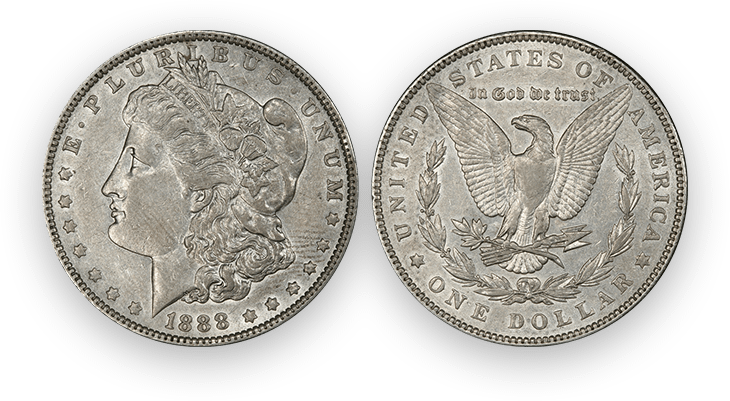

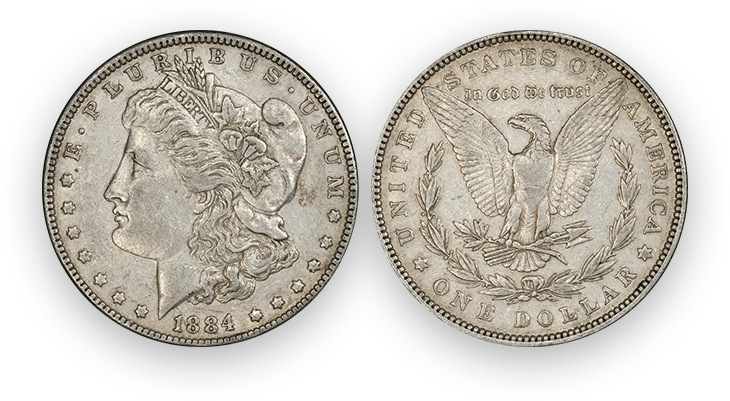
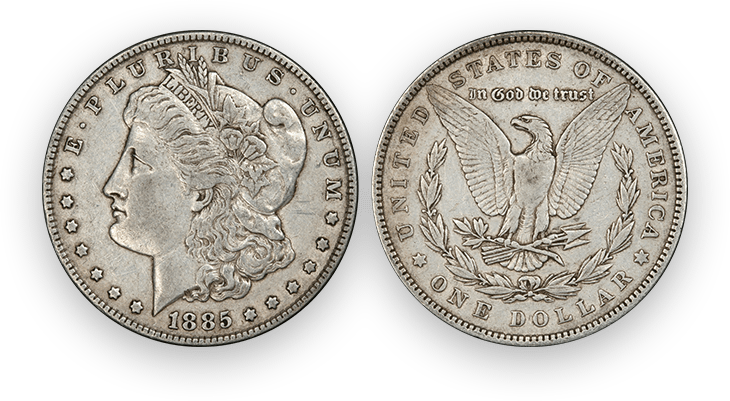
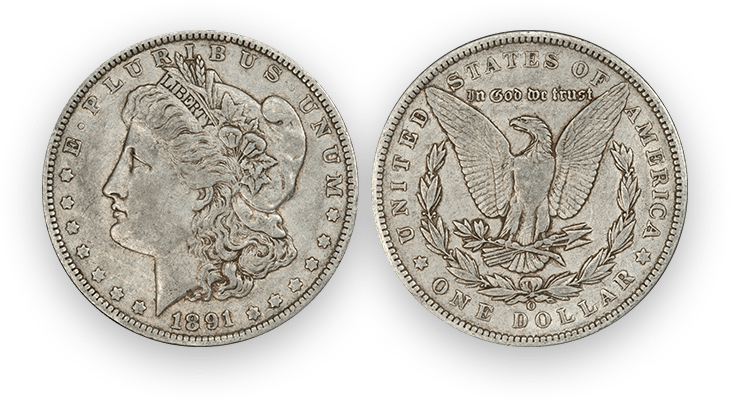



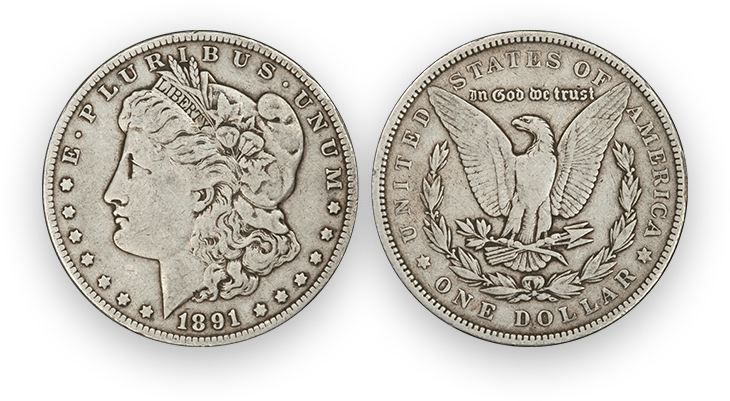
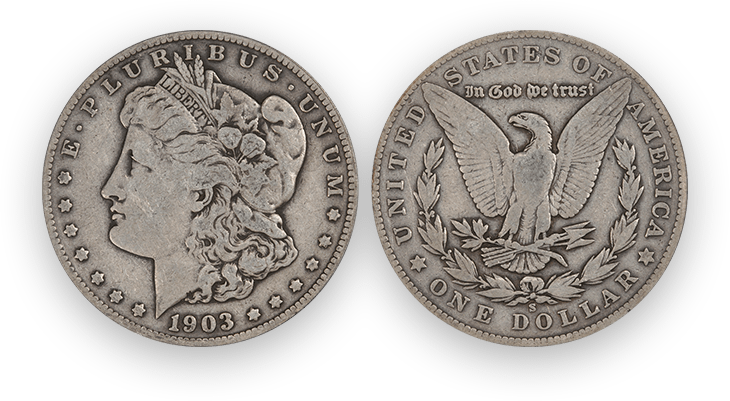
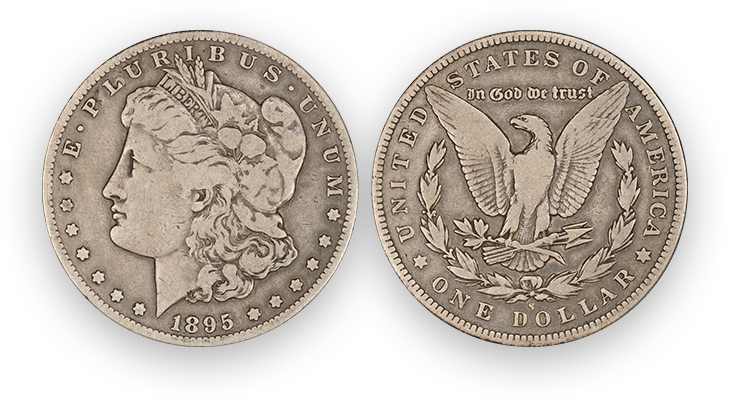
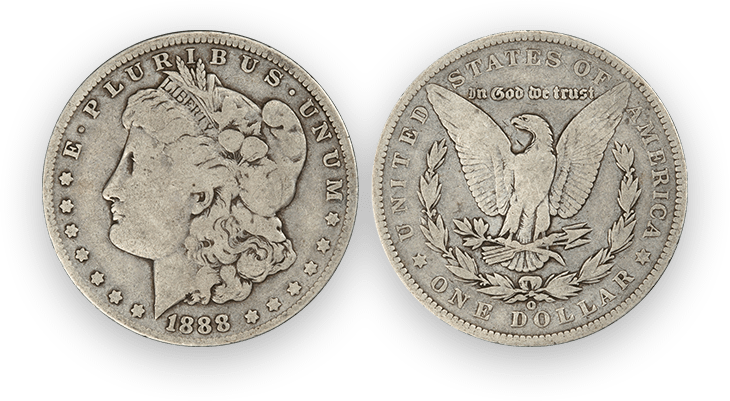
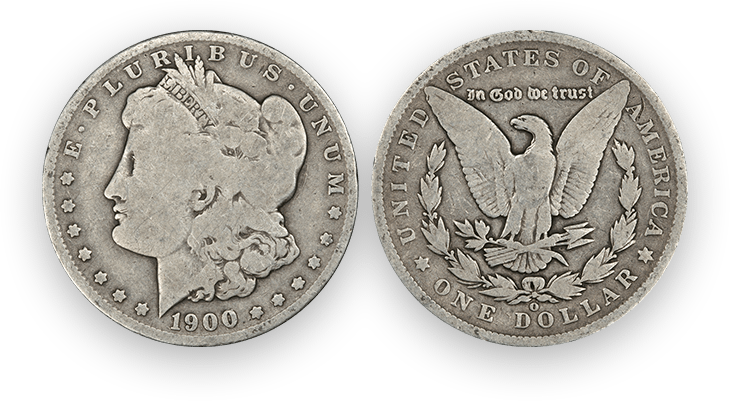
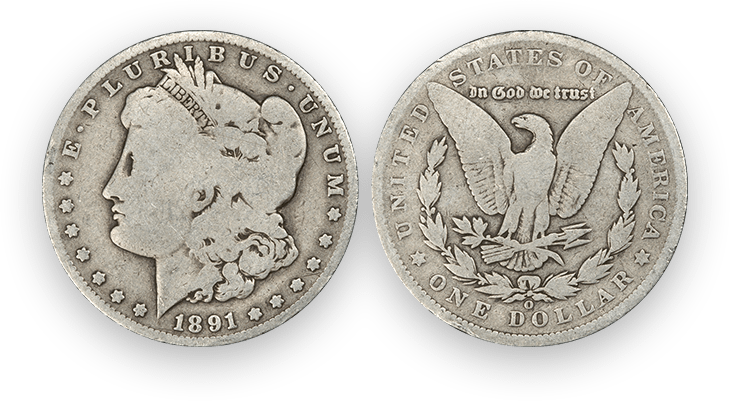
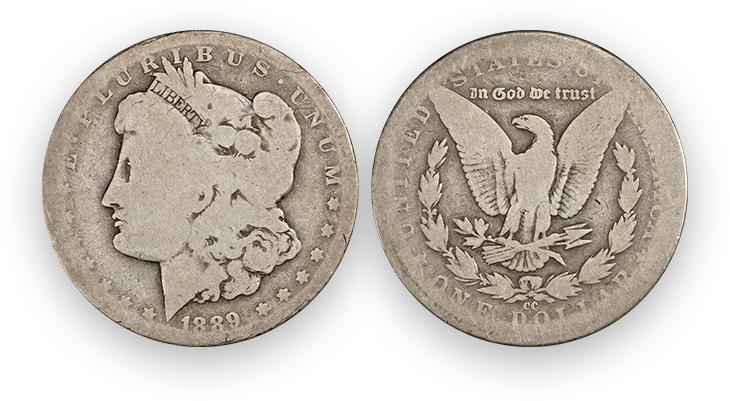
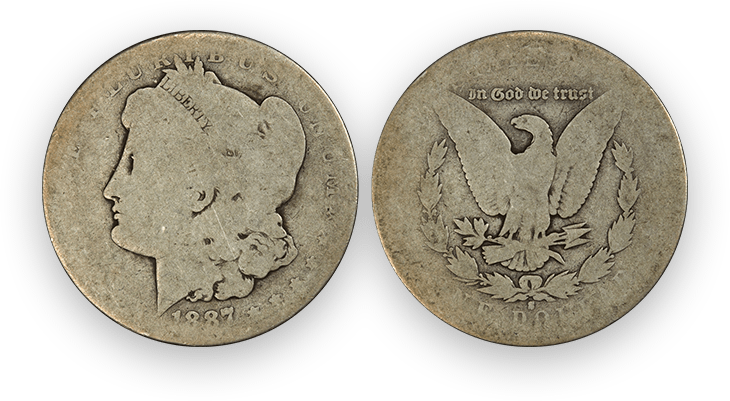

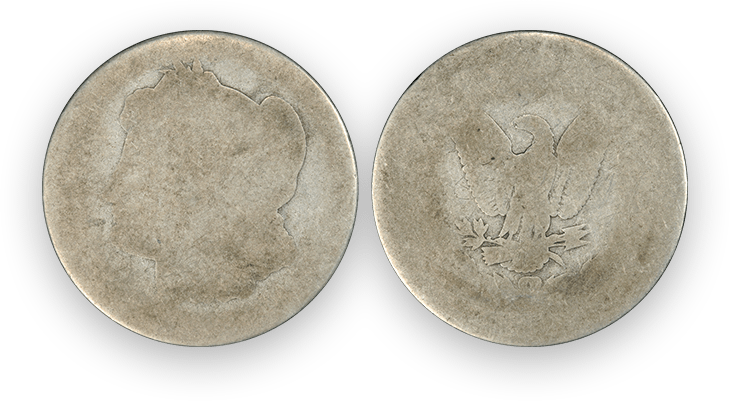
| Grade | Labeling | Description |
|---|---|---|
| Mint State or Proof 70 | MS/PR-70 | Fully struck and lustrous, free of visual marks. The PCGS 70 grading standard does allow for “as minted” defects, as long as those flaws are minor and do not impact the eye appeal of the coin. |
| Mint State or Proof 69 | MS/PR-69 | Virtually fully struck with minuscule imperfections visible upon close inspection. |
| Mint State or Proof 68 | MS/PR-68 | Only the slightest weakness in strike with a few tiny imperfections barely visible. |
| Mint State or Proof 67 | MS/PR-67 | Very well struck with minor imperfections visible without magnification. |
| Mint State or Proof 66 | MS/PR-66 | Well struck with a few marks or hairlines, not in focal areas. |
| Mint State or Proof 65 | MS/PR-65 | Above average strike with minor marks or hairlines, mostly out of focal areas. |
| Mint State or Proof 64 | MS/PR-64 | Average or better strike with scattered marks or hairlines, though none severe. |
| Mint State or Proof 63 | MS/PR-63 | Average or slightly weak strike with moderate marks or hairlines. |
| Mint State or Proof 62 | MS/PR-62 | No wear, with average or below average strike. Numerous marks or hairlines. |
| Mint State or Proof 61 | MS/PR-61 | No wear, with average or weak strike. Multiple heavy marks or hairlines allowed. |
| Mint State or Proof 60 | MS/PR-60 | No wear. May be poorly struck with many heavy marks or hairlines. |
| About Uncirculated 58 | AU-58 | Only the slightest friction on the highest points. Virtually full luster. |
| About Uncirculated 55 | AU-55 | Full detail, with light friction on the high points. Considerable luster remains. |
| About Uncirculated 53 | AU-53 | Slight flatness and loss of luster visible on high points of design. Some luster remains. |
| About Uncirculated 50 | AU-50 | Trace of wear now seen on higher points of design. Bits of luster may remain. |
| Extremely Fine 45 | XF-45 | High points of design show light wear. A bit of luster may still be visible in protected areas. |
| Extremely Fine 40 | XF-40 | All design elements still show, but high points now worn flat. Little to no luster remains. |
| Very Fine 35 | VF-35 | Light wear is seen over entire surface though all major detail still visible. |
| Very Fine 30 | VF-30 | Wear now evident over entire surface. Intricate design detail beginning to flatten. |
| Very Fine 25 | VF-25 | Entire surface shows some wear, but major design features remain clear. |
| Very Fine 20 | VF-20 | Moderate wear with some loss of detail evident in design. |
| Fine 15 | F-15 | Slightly less than half of finer detail worn flat. All lettering remains sharp and clear. |
| Fine 12 | F-12 | About half of detail now worn flat. All lettering remains visible. |
| Very Good 10 | VG-10 | Considerable wear has flattened most of the fine detail. Most lettering remains readable. |
| Very Good 8 | VG-8 | Most central detail now worn flat. Some inner lettering still visible. Rims remain full. |
| Good 6 | G-6 | Rims and peripheral lettering full but design now flat and visible only in outline form. |
| Good 4 | G-4 | Rims mostly full but may be flat or slightly worn into peripheral letter in spots. |
| About Good 3 | AG-3 | Rims worn into tops of lettering but most lettering remains readable. |
| Fair 2 | FR-2 | Entire coin is worn flat, with only traces of peripheral lettering still visible. |
| Poor 1 | PO-1 | Identifiable as to type, date and mintmark. |
| Ungradable | None | Date and mintmark of coin must be detectable to be graded. |
| Grade | Labeling | Description |
"Plus Grades" exhibit exceptional eye appeal for the grade and constitute the top 30% of the coins in the grade.
Only XF-45 through MS/PR-68 are eligible for Plus grades. Numerically, this includes 45, 50, 53, 55, 58, 62, 63, 64, 65, 66, 67, & 68.Designations are ratings added after the numerical grade to describe a particular attribute of a series that is of importance and value to most collectors.
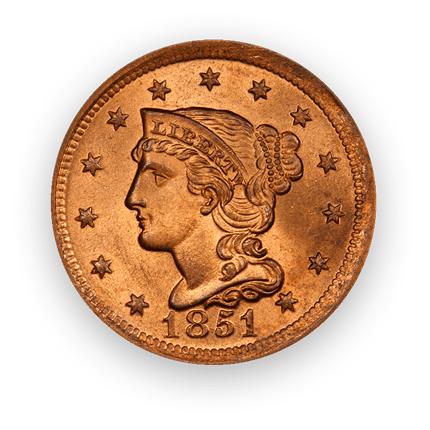
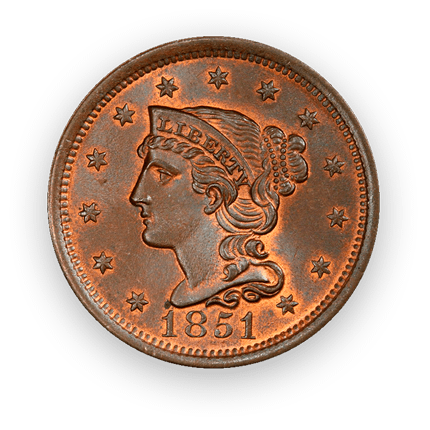
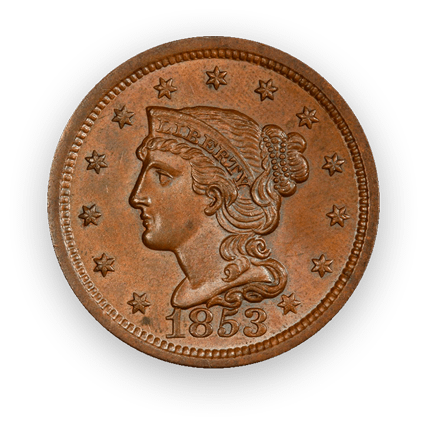
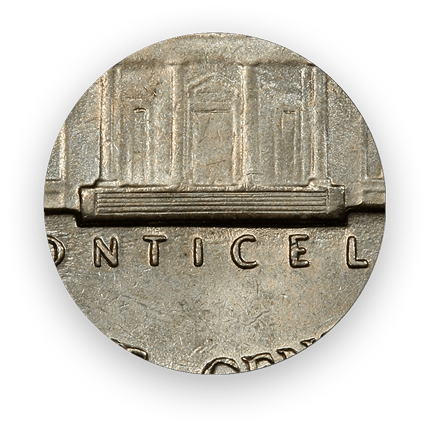
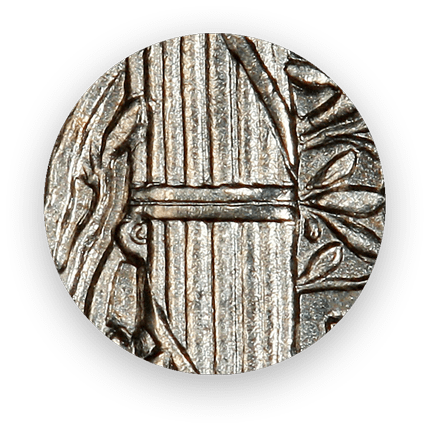
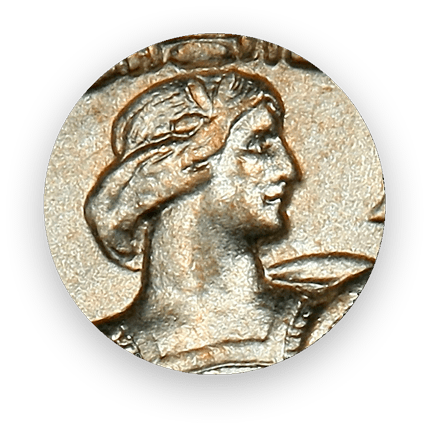
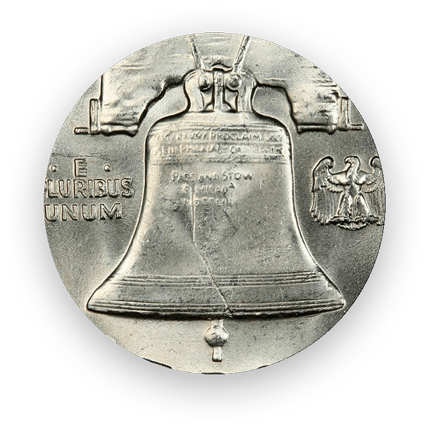
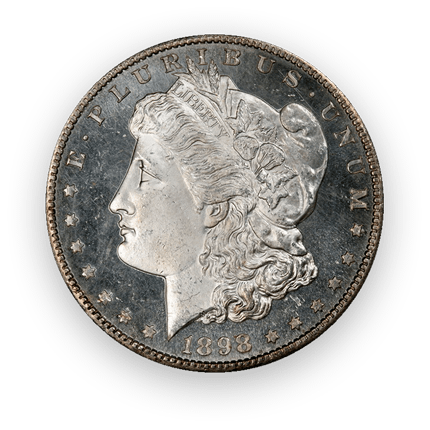
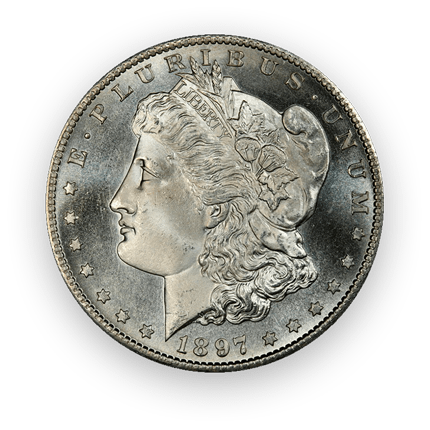

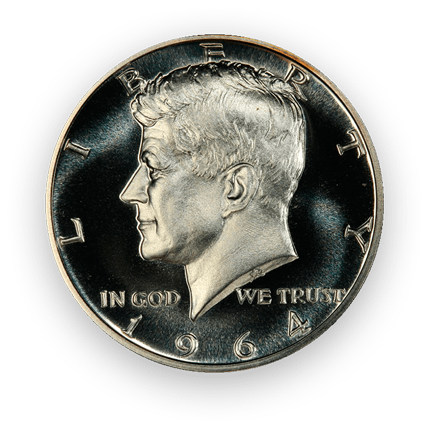
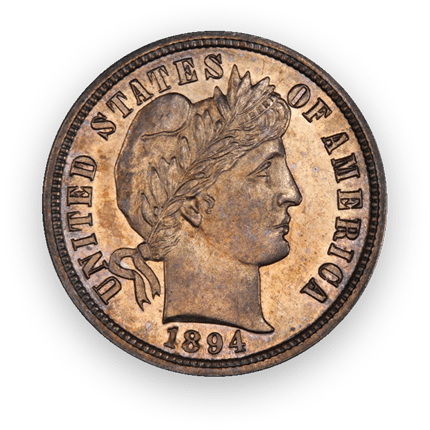
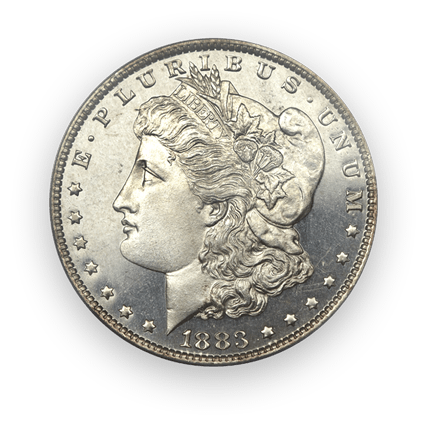
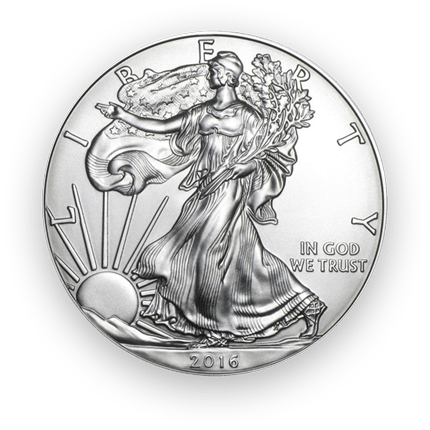
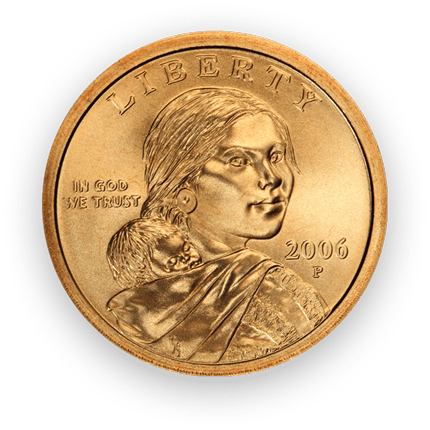
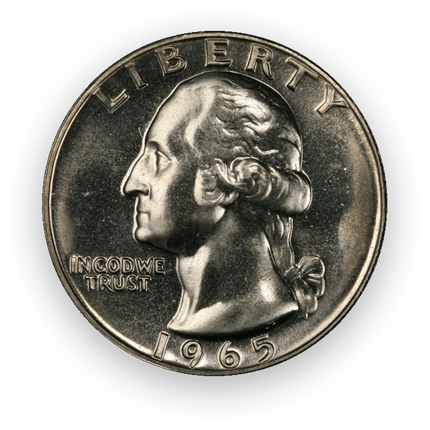

| Designation | Description |
|---|---|
| ColorRD |
Red
Copper Coinage: more than 95% original red color. Watch Video |
| ColorRB |
Red-Brown
Copper Coinage: between 5% and 95% original red color. Watch Video |
| ColorBN |
Brown
Copper Coinage: less than 5% original red color. Watch Video |
| StrikeFS |
Full Steps
Jefferson Nickels: MS60 or better, at least five complete steps must appear on Monticello. Any steps that join or fuse together, whether created that way or subsequently damaged, cannot be considered for the Full Steps designation. Watch Video |
| StrikeFB |
Full Bands
Mercury Head Dimes: The central bands on the fasces on the reverse should be completely separated from left to right, without any breaks, marks or gaps. Note: PCGS may designate in grades of 60 and higher. Watch Video |
| StrikeFH |
Full Head
Standing Liberty Quarters:
Note: PCGS may designate 1918/7 Quarters as Full Head in grades of XF40 and higher. |
| StrikeFBL |
Full Bell Lines
Franklin Half Dollars: MS60 or better. Must exhibit complete, uninterrupted lower lines on the Liberty bell. Watch Video |
| SurfaceDMPL |
Deep Mirror Prooflike
Morgan Dollars:
|
| SurfacePL |
Prooflike
|
| SurfaceDCAM |
Deep Cameo
1950-1970 Proof Coinage:
|
| SurfaceCAM |
Cameo
1950-1970 Proof Coinage:
|
| BM |
Branch Mint Proof
A proof coin struck prior to 1968 at a Mint other than Philadelphia. |
| BMCA |
Branch Mint Cameo
A proof coin showing cameo contrast struck prior to 1968 at a Mint other than Philadelphia. |
| FS |
First Strike
All Eagles, Gold Buffalos, Gold Spouse Coins and other mint releases struck within the first 30 days of issue. |
| SF |
Satin Finish
A smooth, lightly sandblasted look with none of the normal cartwheel effect seen on regular strikes. |
| SMS |
Special Mint Set
A set of special coins (neither business strikes nor Proofs) first struck in limited quantities in 1965 and officially released in 1966-1967 to replace Proof sets, which were discontinued as part of the U.S. Mint's efforts to stop coin hoarding. The quality of many of the 1965 coins was not much better than that of business strikes, but by 1967, some Special Mint Set (SMS) coins resembled Proofs. In fact, the government admitted as much when it revealed how the 1967 issues were struck. In 1968, Proof coinage resume. There have been similar issues since; the 1994 and 1997 Matte-finish Jefferson nickels, for example, are frosted SMS-type coins. There also are a few known 1964 SMS coins, these likely struck as tests in late 1964 for the new 1965 SMS strikings. |
| SP |
Specimen
Struck well like a Proof, but satiny, sometimes matte, semi-granular looking. |
| Designation | Description |
Occasionally, the experts at PCGS encounter coins that, for one reason or another, cannot be authenticated or graded. These "No Grade" coins fall into two categories: coins that can be placed into a PCGS holder and coins that cannot be placed into a PCGS holder.
PCGS Holder
No grade coins returned to the submitter with encapsulation.
Within this category, PCGS assigns "Details" grades. These correspond to the amount of wear the coin has seen, but does not mean that the assigned grade can be used to determine the coin's value from published price guides. Generally, the coin's value will be less than that shown in price guides.

For example, an "UNC Details" grade indicates that the coin has no visible wear, but to reiterate, does not imply that the coin's value would be equivalent to even an MS-60 or PR-60 example.
Other Details grades, such as "XF Details" or "VF Details" simply indicate that the coin shows the wear to the devices one would expect on an Extremely Fine or Very Fine piece. However it does not suggest that the coin's fair market value is equal to that of a coin we have numerically graded in that same range.
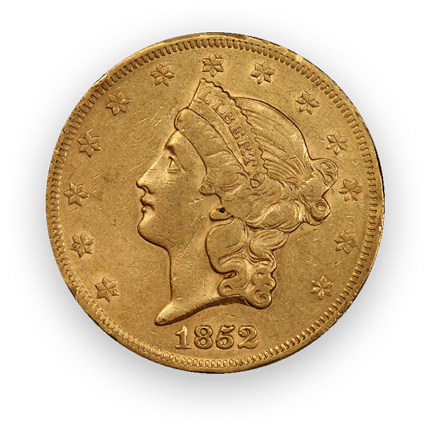

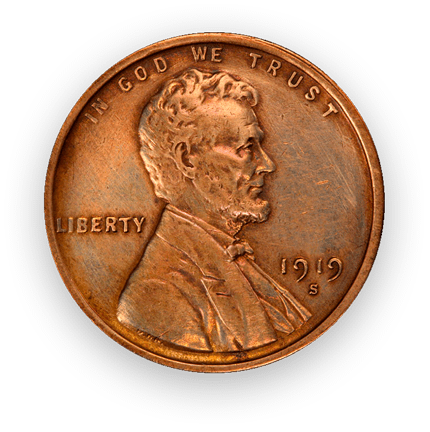
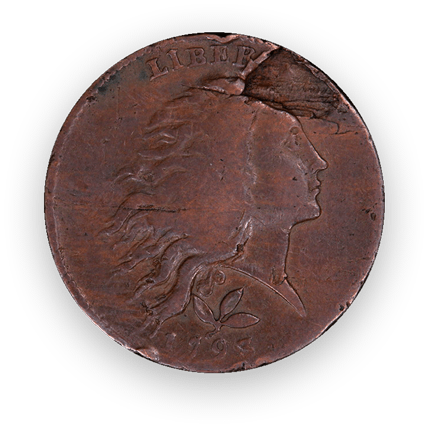
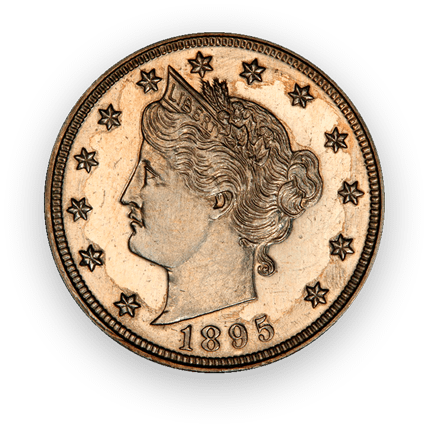

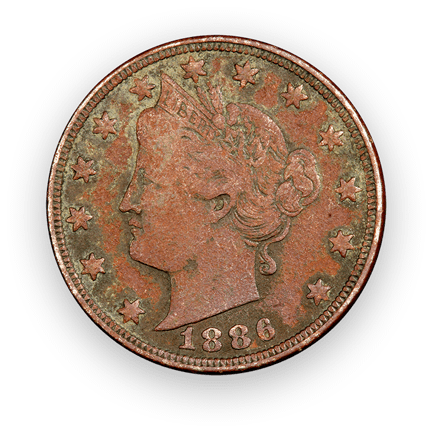
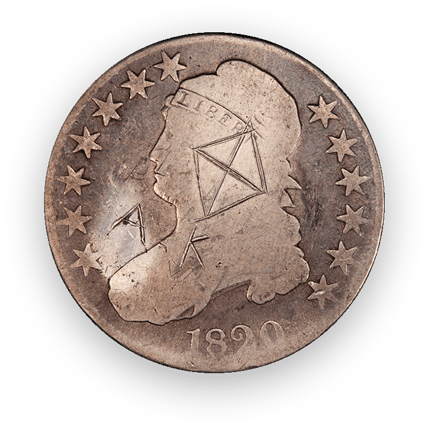
| Code | Reason | Explanation | Described | Holdered |
|---|---|---|---|---|
| 82 | Filed Rims | Rim(s) and/or edge is filed. (more) Watch Video | Yes | Yes |
| 91 | Questionable Color | Any artificial re-toning & dipped copper. (more) Watch Video | No | Yes |
| 92 | Cleaning | Harsh cleaning or polishing. (more) Watch Video | Yes | Yes |
| 93 | Planchet Flaw | Generally large & prominent flaw(s). (more) Watch Video | No | Yes |
| 94 | Altered Surfaces | Any applied substance (wax, putty, lacquer). (more) Watch Video | No | Yes |
| 95 | Scratch(s) | Large & prominent scratch(s). (more) Watch Video | No | Yes |
| 97 | Environmental Damage | Corrosion, excessive toning, verdigris. (more) Watch Video | No | Yes |
| 98 | Damage | Any metal movement. (more) Watch Video | Yes | Yes |
No PCGS Holder
No grade coins returned to the submitter without encapsulation.
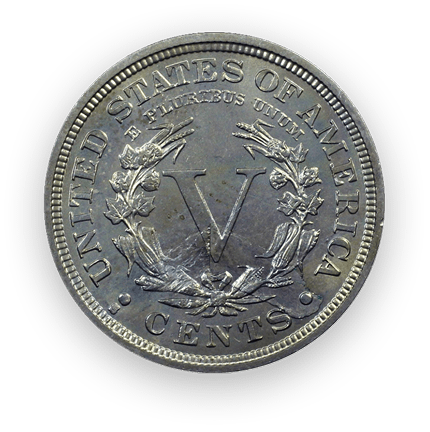
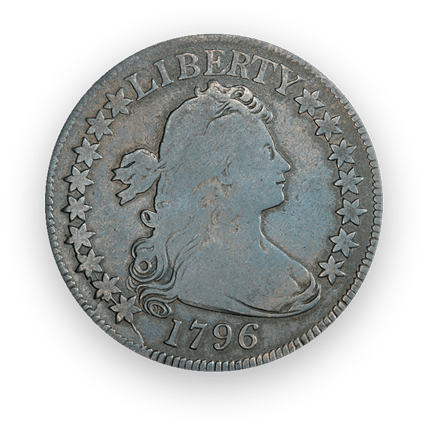

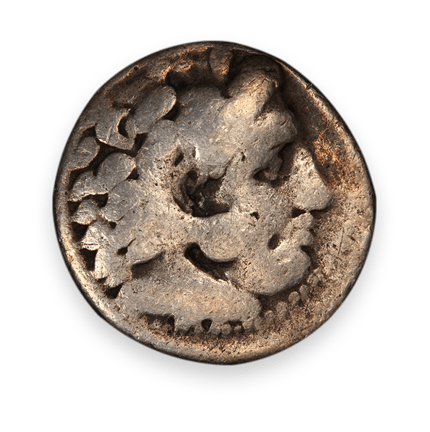

| Code | Reason | Explanation | Described | Holdered |
|---|---|---|---|---|
| 83 | Peeling Lamination | Potential for sealing damage. (more) Watch Video | Yes | No |
| 86 | Authenticity Unverifiable | Coin's status inconclusive. (more) Watch Video | Yes | No |
| 90 | Counterfeit | Fake coin or altered mintmark, date, variety. (more) Watch Video | Yes | No |
| 96 | No Service | PCGS does not currently grade this item. (more) | Yes | No |
| 99 | PVC Residue | Oily polyvinylchloride substance. (more) Watch Video | Yes | No |